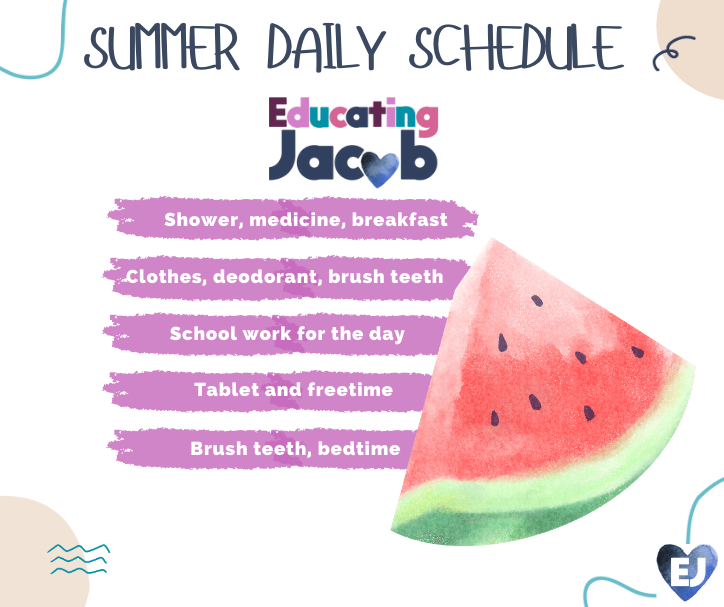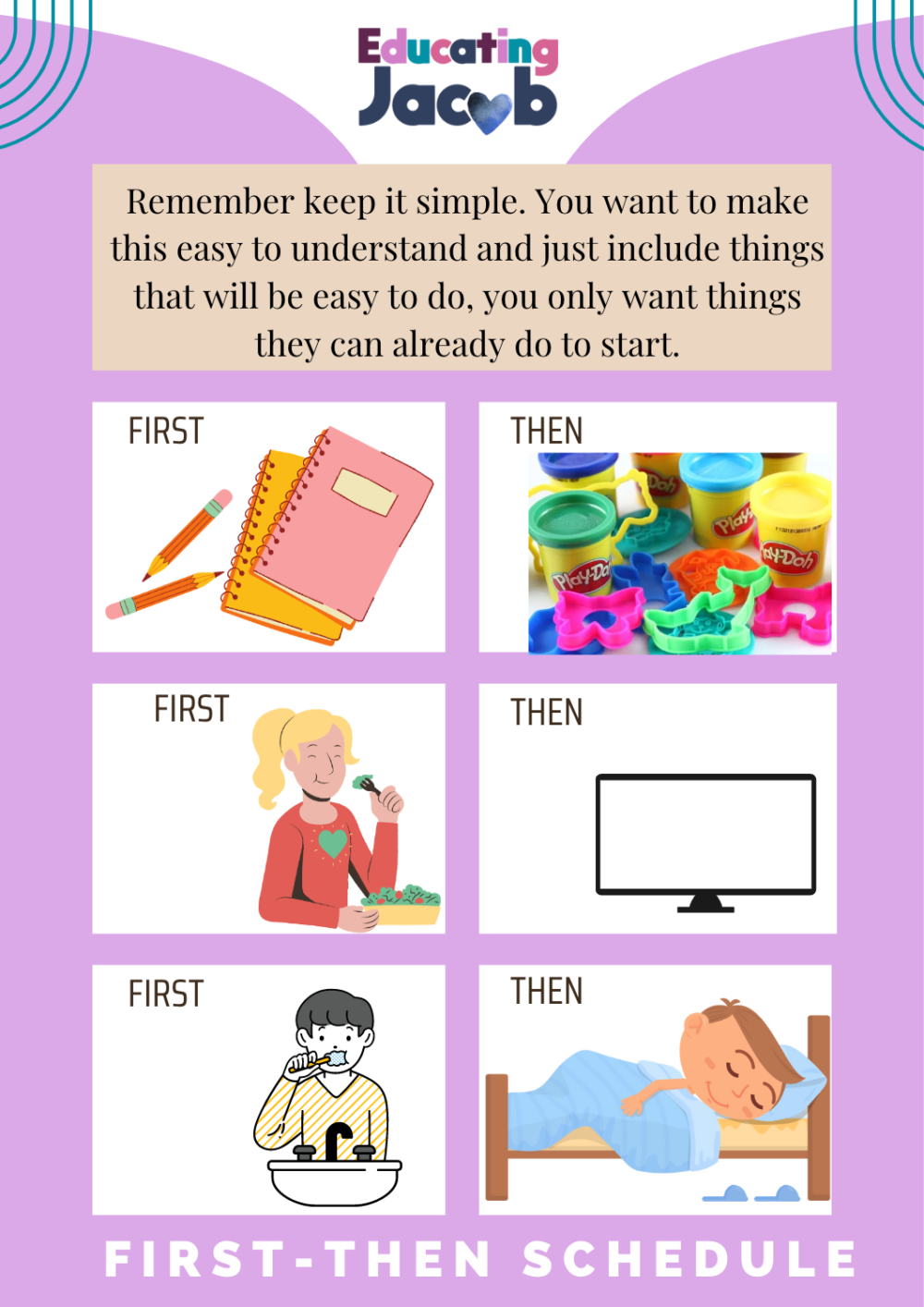Empowering Special Needs Children with Self-Care Skills: Our Inspiring Journey

Our Story: A Tale of Triumph over Autism’s Language Labyrinth
Meet Jacob, our fiercely independent son who, thanks to his autism, had a unique way of getting his point across. Instead of words, he’d take us by the hand and lead us to what he wanted. At first, we were told, “Boys develop speech later,” but as time passed, we learned it wasn’t that simple.
These additional signs, such as being solitary, hand flapping when excited, and specific preferences for clothing and food, were further indications of Jacob’s unique needs and characteristics.
Early Signs and Diagnosis

Jacob’s first language was independence. He’d approach us when he needed something, but conversation? Not his forte. Ear infections added to the puzzle – after all, it’s hard to talk when you can’t hear. Then, the revelation: autism. Suddenly, language became an intricate maze for our little Jacob.
Jacob’s speech therapy was eventually approved, but the wait lasted for six long months before a spot opened up. When it finally did, the therapist was exceptional. She recognized things that I had overlooked and strongly suggested that I take Jacob to TEACCH for evaluation and additional insights into why speech was still eluding him.
Seeking Help and Support
Our journey to empower Jacob began with an autism diagnosis from a TEACCH psychiatrist (yes, they’re real-life superheroes). They offered priceless advice: join every waiting list, apply for every service, and sift through the options later. It was a waiting game, but oh, the wisdom!
After much consideration, we decided to accept the services that would involve workers coming to our house and even taking Jacob out into the community. This approach was aimed at helping him generalize skills and become an integrated part of both our family and the community. It was a challenging path, as it took five long years on a waiting list, and there were numerous adjustments for Jake and the entire family. However, the results were incredibly rewarding.
Working together as a team, we utilized various supports and schedules to aid Jacob in learning and managing his self-care routines. This collective effort empowered him to become more independent over time.
The Power of Visual Schedules

Now, picture this: I, a non-teacher, tasked with creating boxes of coins and schedules. Initially baffled, I wondered if we were training a tiny bank teller. Yet, I stuck with it. Our home soon resembled a museum of pictures, schedules, and how-to guides. Words were too much for Jacob; he needed visuals to navigate life’s map.
Following Jacob’s diagnosis, I made a significant life change. I returned to school, left my job, and set out on a new career path: becoming a Special Education teacher. My driving force was the strong desire to not only assist my son but also other mothers who found themselves in a similar situation, feeling clueless about how to support their children.
During my time in school, while still juggling work commitments, I made the life-altering decision to homeschool Jacob. The details of that adventure are a story for another day, but I can proudly say that it was a success!
The Transformation

And here came the transformation. Our house became a non-verbal wonderland, complete with sign language. Sign language, you say? Wasn’t that a no-no for speech development? Not for us. Sign language became our bridge to speech, a magical catalyst. Jacob began speaking when he saw and used signs, proving that sometimes more communication tools are better.
Collaboration and Progress
Navigating the web, we found TEACCH and Do2Learn, our autism knowledge goldmines. Therapists and professionals became our partners, sharing victories and tips to help Jacob progress. Teamwork made the dream work. Need more help with schedules see this previous post:“How To Create A Personalized Schedule For Children With Autism”
https://educatingjacob.com/blog/page/4/
In parting, I’ll share a simple yet powerful strategy: visual sequences. For instance, laminating a card with toothbrushing steps, placed by the sink, is a game-changer. Less talk, more action! These strategies not only transform your child’s life but also bring smiles and happiness to the whole family. Here is link for the web site mentioned that will help with the pictures. https://do2learn.com/picturecards/printcards/activities_everyday.htm
The information on TEACCH is: https://teacch.com/









